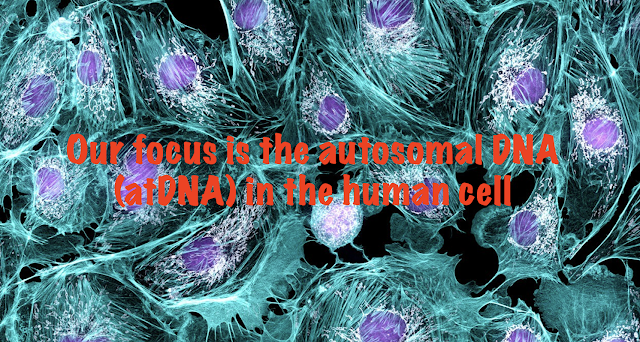How your DNA can help identify human remains and solve cold cases
You'll find my current recommendations for a DNA testing strategy for Australians if you read the earlier blogpost.
Most Australians test at AncestryDNA and this is my recommended first step for all family historians. BUT your DNA test at AncestryDNA can't be used by law enforcement and other agencies to identify human remains and solve cold cases. You need to transfer your DNA data to GEDmatch and FamilyTreeDNA to help.
You can read more at Louise Coakley's Genie1 website here.
What you need to do if you've tested at AncestryDNA and want to assist:-
- Download your DNA data from Ancestry DNA. Follow the step by step instructions provided by Louise Coakley under How to Download Raw DNA Data from AncestryDNA by using this link.
- Upload your DNA data to GEDmatch using this link. Once you've created a free account, you can upload your DNA data at no cost.
- Upload your DNA data to FamilyTreeDNA using this link. There's no cost for uploading.
- "Opt-In" to sharing your DNA test.
To "Opt-In" at GEDmatch, under the Home tab, look for "Your DNA Resources". The pencil allows you edit your selection.
To "Opt-In" at FamilyTreeDNA, select the "Account Settings" from the drop down menu below your name and kit number and select "Privacy & Sharing" and you'll see the option available.
The information in this post is based on the work of Louise Coakley at Genie1.
If you have a question, please use the contact form from the sidebar of this blogpost.




